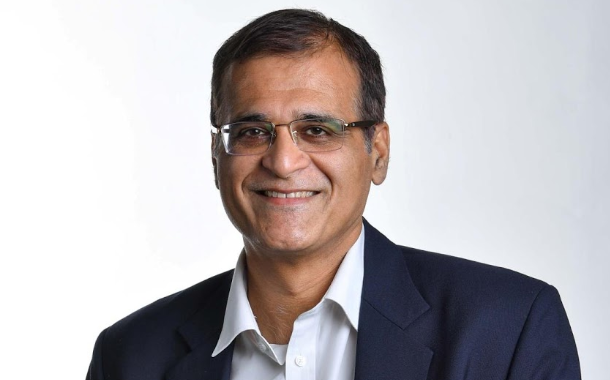The promise of digitalization is slowly but surely becoming a reality in India. In 2018, the Digital India program has seen 10 million new active internet users every month, who will access a gamut of digital public services, including electronic services such as e-payment and job portals. Digital transactions alone are forecasted to reach USD 1 trillion annually, with four out of every five transactions being made digitally by 2025 .While citizens become more tech-savvy, India’s government is placing more emphasis to ensure connectivity should be available anywhere, including rural areas.
Before 5G truly arrives, much more must be done to modernize its network infrastructure to handle the increase in bandwidth and network operators have a major role in driving the next generation network. While 4G/LTE is still going to be the cornerstone of mobile networks, current efforts from the government and network operators are critical in laying the foundation for 5G.
More fiber is needed to deploy 5G infrastructure
5G and the advent of the Internet of Things will only increase the number of connections required, driving the insatiable growth in mobile data traffic, making fiber the backhaul connectivity of choice to serve not only today’s requirements, but also to meet the expectations that 5G promises:
- Up to 10Gbps per subscriber
- Up to 100 x connected devices
- 1000 x more bandwidth
- 5 x location density
- Ultra-low latency less than 5 milliseconds
In order to reduce power usage and optimize space utilization at the tower, many operators are now transitioning to centralized RAN (C-RAN) architecture—and here, too, fiber is playing a key role by providing the front haul connectivity between the centralized broadband base unit (BBU) and the remote radio head (RRH) located at multiple cell sites many miles away. C-RAN offers an effective way to increase the capacity, reliability and flexibility of the network while lowering operational costs. It is also a necessary step along the path to cloud RAN, where the BBU functionality will become “virtualized”—allowing for greater elasticity and scalability for future network requirements.
An additional driver for more fiber will be 5G fixed wireless access, which is being utilized by other operators as another option for delivering broadband to consumers. Whilst fixed 5G broadband access will be quicker and simpler to deploy than fiber-to-the-home (FTTH), the rate that bandwidth can be turned up is accelerated, which will exacerbate bandwidth pressures on all parts of the network. This means that more and more fiber will be required in order to handle this. In retrospect, network operators who have invested in FTTH networks over the past 10 years have unwittingly been laying the foundation for 5G.
Essentially all metro, long haul, and transcontinental networks today are fiber-based, and they have proven that they can scale to meet the growth in bandwidth by utilizing the latest generation of optical transmission technologies. The access network though still has a significant amount of copper, wireless and microwave technology deployed.
5G and fiber are perfect together: Areas targeted for 5G coverage require lots of fiber to be successful, and not just for capacity reasons. It must also meet other rather formidable 5G performance goals related to network diversity, availability, and coverage since all three of these goals are achieved through a greater number of interconnected paths of fiber.
In order to realize India’s digital ambitions and achieve the performance goals promised by 5G, the adage “lots of wires in wireless” is more relevant than ever – and those wires are fiber. Before the rise and proliferation of 5G, network operators need to consider and prioritize strategies that will help optimize their networks for what is to come.
By: Navin Vohra, Vice President, Service Provider, Asia Pacific, CommScope




